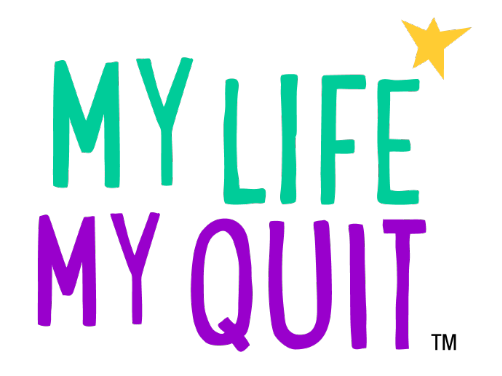School E-cigarette Toolkit
- Toolkit Home
- Implement Curriculum
- Help Students, Staff, and Parents Quit
- Review and Strengthen Policy
- Engage and Raise Awareness
Tobacco Topics
- Behavioral Health
- E-cigarettes and Vapes
- E-cigarette School Toolkit
- Flavored Tobacco
- Menthol Tobacco
- Nicotine
- Quitting Tobacco
- Helping People Quit
- Secondhand Smoke
- Tobacco 21
- Tobacco Taxes
- Traditional Tobacco
Related Topics
Contact Info
Review and Strengthen School Policy
Policies, systems, and environmental changes play a major role in changing the acceptability and social norms around commercial tobacco use and reducing secondhand exposure.
Support your school’s commercial tobacco-free policy
 Commercial tobacco-free spaces are a proven way to prevent youth commercial tobacco use, protect students, faculty, and visitors from secondhand smoke, and create positive social norms. Commercial tobacco-free schools are one way to address the increasing popularity of e-cigarettes among youth. Minnesota laws require both public and charter schools to be commercial tobacco-free.
Commercial tobacco-free spaces are a proven way to prevent youth commercial tobacco use, protect students, faculty, and visitors from secondhand smoke, and create positive social norms. Commercial tobacco-free schools are one way to address the increasing popularity of e-cigarettes among youth. Minnesota laws require both public and charter schools to be commercial tobacco-free.
Under state statute, commercial tobacco use is prohibited inside public and charter schools. Neither state nor federal law covers outdoor areas of school property or off-campus school events. There is an opportunity for districts to close this gap in policy. Refer to the model policy and other resources below.
- Commercial Tobacco-Free K-12 School Model Policy (PDF) (Public Health Law Center)
- Commercial Tobacco-Free K-12 School Model Policy: Questions and Answers (PDF) (Public Health Law Center)
- Tobacco-Free Schools: A Guide for Adopting and Implementing a Policy (PDF) (Association for Nonsmokers – Minnesota)
- Vape-free Schools Initiative (American Lung Association)
- Disposal of Vaping Liquids, E-cigarettes, and Nicotine Wastes (PDF) (Minnesota Pollution Control Agency)
- Tobacco 21: What It Means for Schools (PDF)
Use alternatives to suspension
When updating school policies and making systems and environmental changes, focus on addressing the underlying causes for youth commercial tobacco use and addiction. The tobacco industry spent decades intentionally and strategically marketing its products to youth. Once addicted, it is very difficult for youth to quit. This helps explain why students continue to use these products in schools despite policies that prohibit their use and possession.
Punitive discipline (like a suspension) is not an effective strategy to deter students from using commercial tobacco and may in fact be counterproductive. Evidence shows that students who are suspended are at increased risk for long-term physical and mental health issues, including increased likelihood of drug use.1,2,3 Rather than punishing a student for using commerci,al tobacco, we recommend providing students with evidence-based programs that support quitting, like My Life, My Quit.

- Why Schools Should Implement Alternatives to Suspension for Use and Possession of Commercial Tobacco Products
- Implementing My Life, My Quit as an Alternative to Suspension
- Addressing Student Commercial Tobacco Use in Schools: Alternative Measures (Public Health Law Center)
- INDEPTH: An Alternative to Teen Nicotine Suspension or Citation (American Lung Association)
References
- Bachman, J. G., Freedman-Doan, P., Messersmith, E. E., Schulenberg, J. E., O'Malley, P. M., & Johnston, L. D. (2008). The education-drug use connection: How successes and failures in school relate to adolescent smoking, drinking, drug use, and delinquency. Psychology Press.
- Centers for Disease Control and Prevention. Health risk behaviors among adolescents who do and do not attend school—United States, 1992. MMWR Morb Mortal Wkly Rep. 1994;43:129–132
- Dong, B., & Krohn, M. D. (2020). Sent home versus being arrested: The relative influence of school and police intervention on drug use. Justice Quarterly, 37(6), 985-1011.